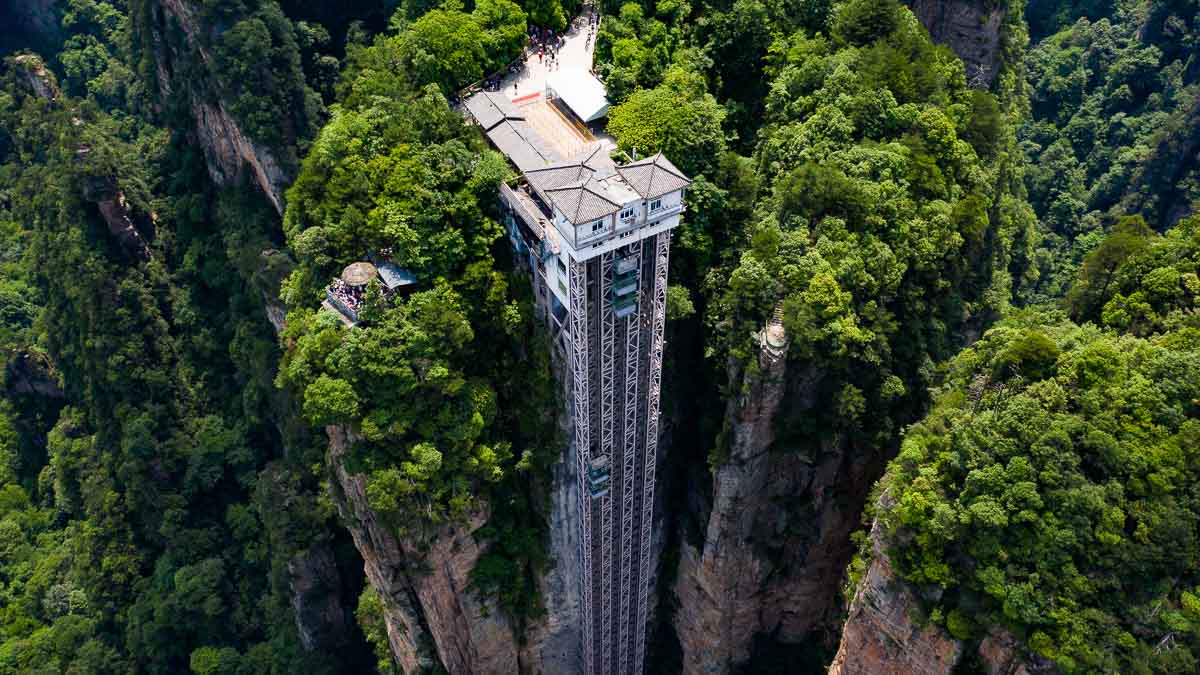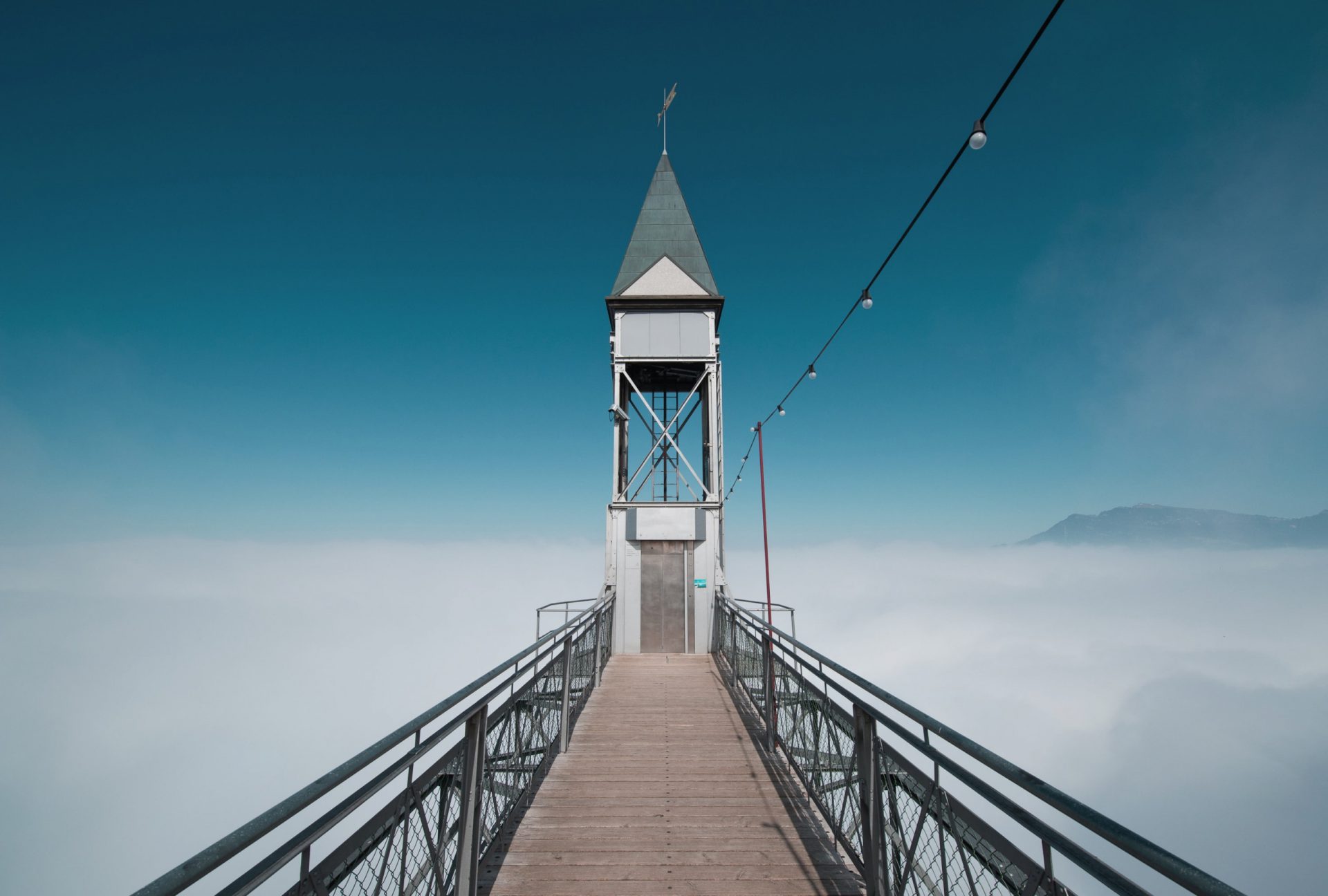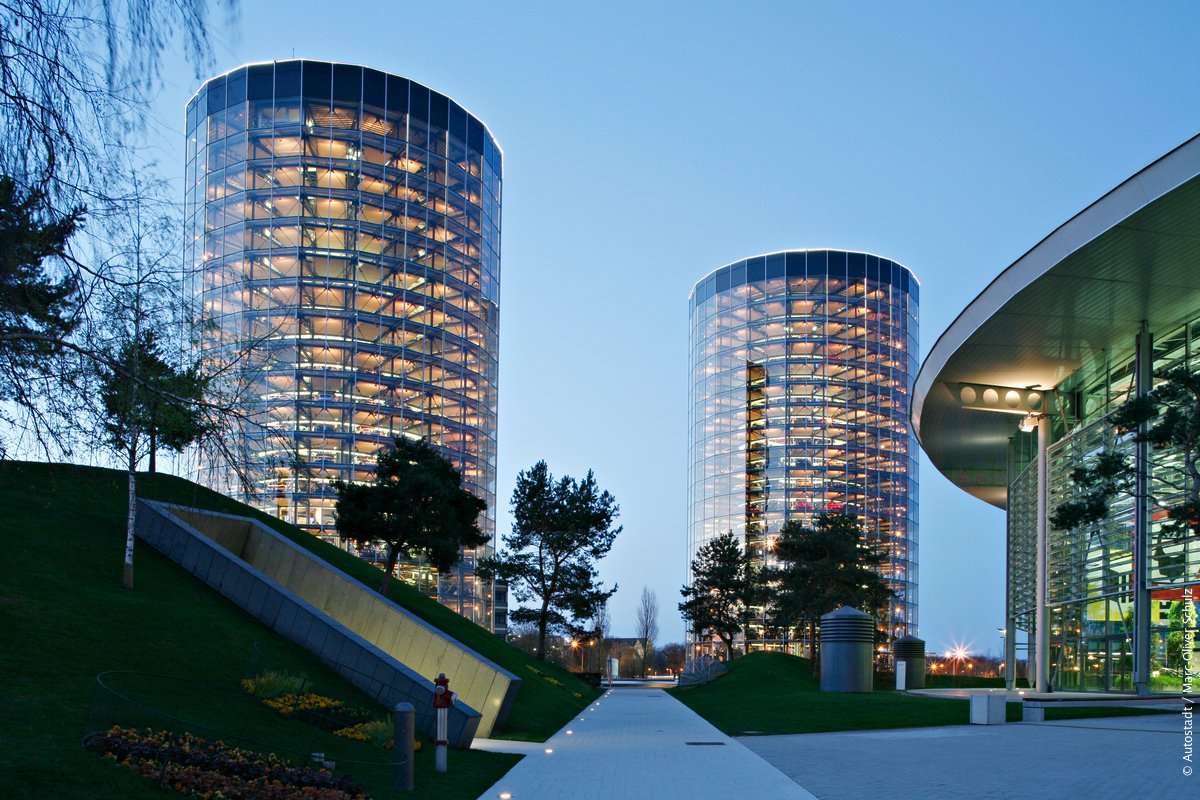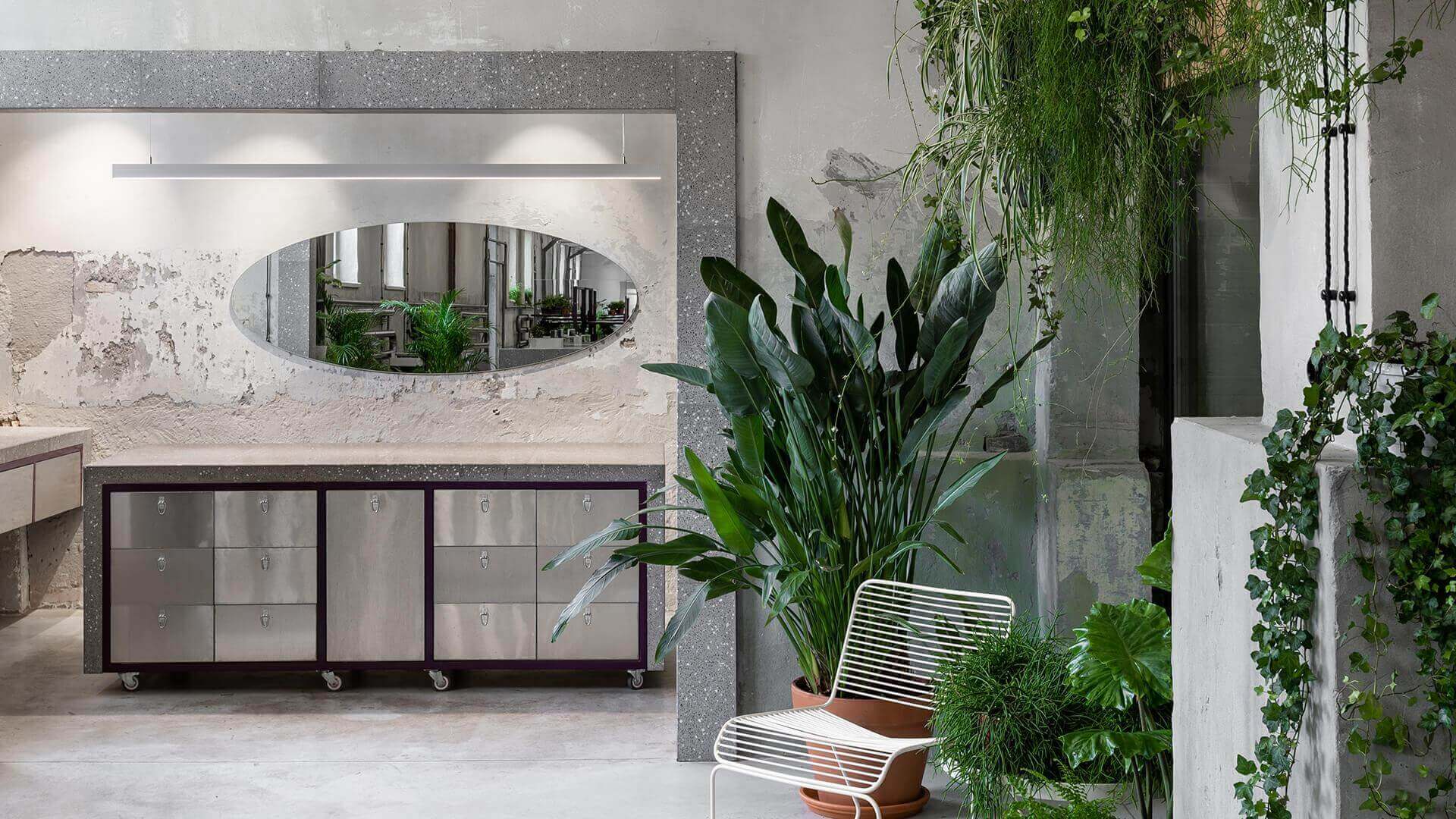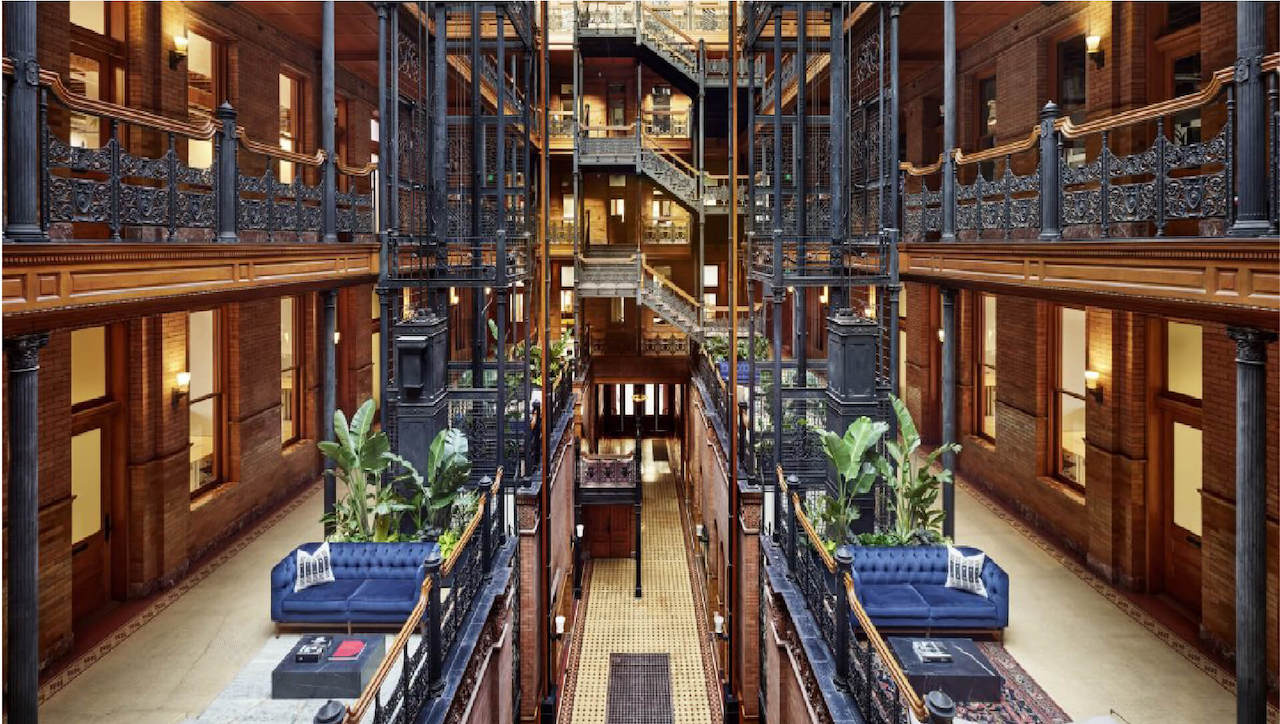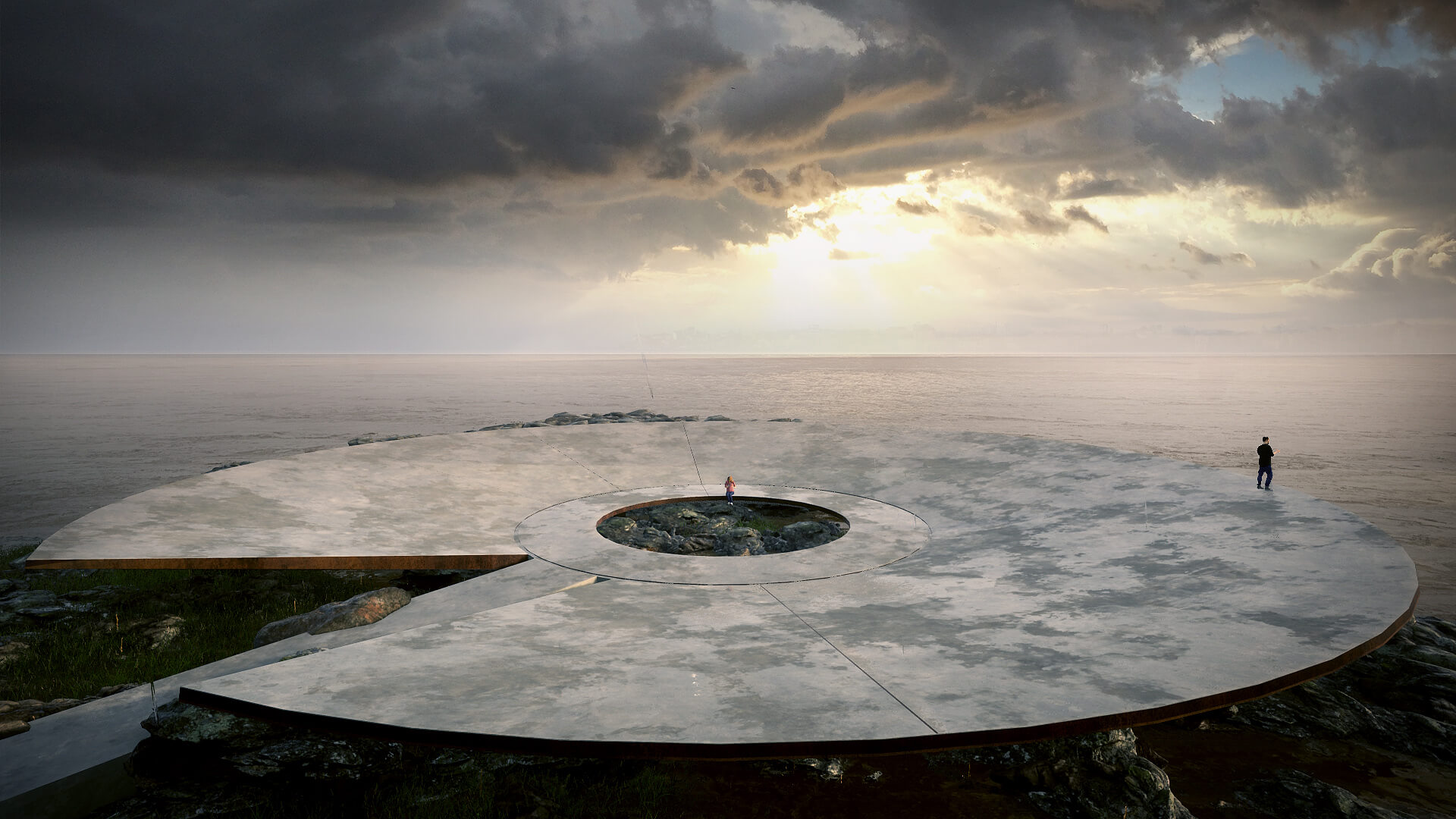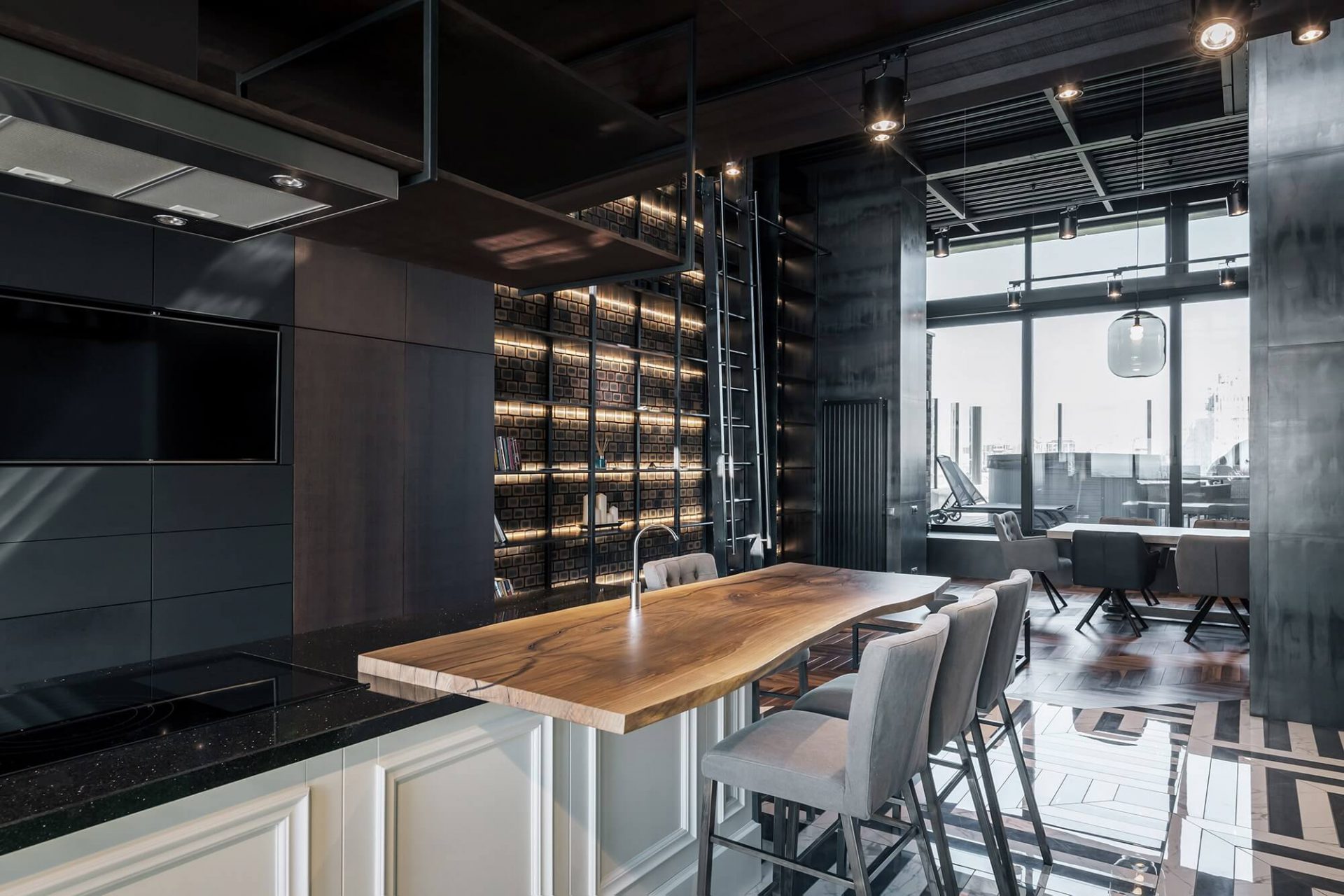8 astonishing elevators that add a new dimension to verticality
Since the rise of technology which allowed modern cities to elevate in height, the evolution of vertical transportation is commonly overlooked despite its utmost importance

The first record of elevators comes from ancient Greece, invented by the legendary mathematician Archimedes. Despite the early invention of the elevator, this technology was solely used for lifting industrial cargo rather than people, since it was not considered safe.
It was not until 1857, four years after the safety brake was invented, that people started using elevators. Elisha Otis dramatically demonstrated the effective safety of the technology in a “death-defying” marketing stunt: an assistant cut the elevator cable with Elisha inside and the machine immediately stopped, leaving the inventor unharmed and the crowd in wonder and shock. The show gave a sense of tranquility to future passengers of vertical transportation.
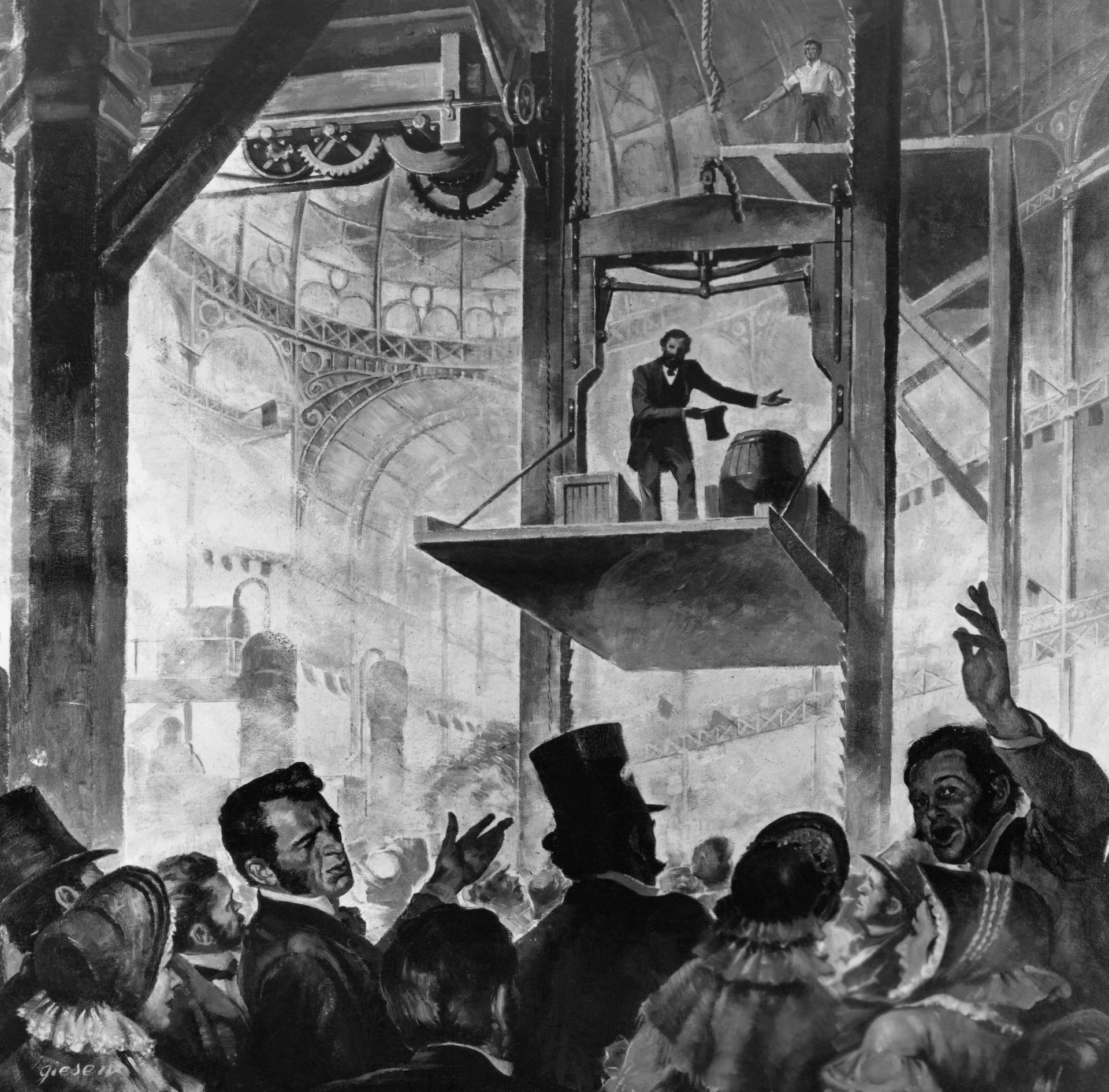
The first public building elevator was installed in a nine-story high building in New York City. Today, elevators are statistically the safest way to travel, carrying the equivalent of the entire Earth’s population every three days.
By 2021, the maintenance and modernization budget that will be spent on elevators and moving stairways will be superior to 125 billion USD.
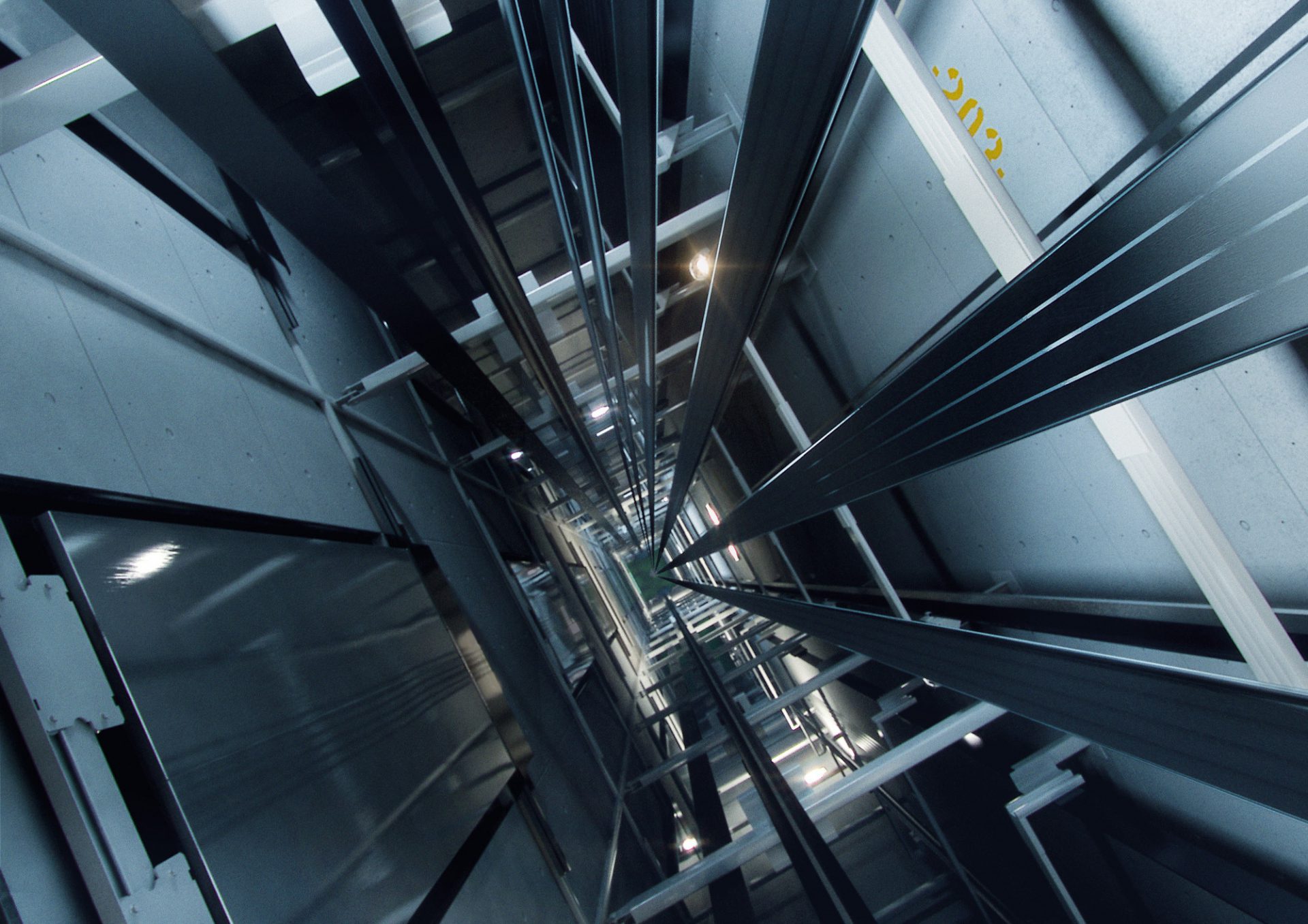
In order to get an insider perspective on the industry of the unnoticed step, DesignWanted interviewed Luca Lagomarsino, Managing Director of Maspero Elevatori, an Italian elevator design and installation firm, operating at a global scale and innovating the vertical transportation industry.
What’s the difference in approach to outdoor or indoor elevator projects?
Luca Lagomarsino:
“When you approach an outdoor project a deep knowledge of the impact of atmospheric agents on the lift equipment is a must. The aim of the design shall be to prevent any future problems. Typically, the challenges come from the selection of suitable materials, the quality of the electrical wiring, and often the compliance to limitations set by the heritage or by the planners”
How is the relationship between elevator manufacturers and architects like?
Luca Lagomarsino:
“At Maspero, our approach to architects is rather different from our competitors. I’d like to consider ourselves more as an engineering consultant than a manufacturer of lifts.”
“For this reason, we normally start from the target of the architects and develop the concept design following the same guidelines of our customers: a distinctive design and a reliable machine, while the current trend of the market is to force the architects to accept the standard proposal that they know best.”
Besides the unforgivable laws of physics, is there any element that constrains the design of an elevator?
Luca Lagomarsino:
“The design of lifts is also linked to standard and regulation, different in each country, but it can become a distinctive feature of the building if an Architectural approach is followed. This may also include the use of the same materials of the rest of the building for the lining of the lift.”
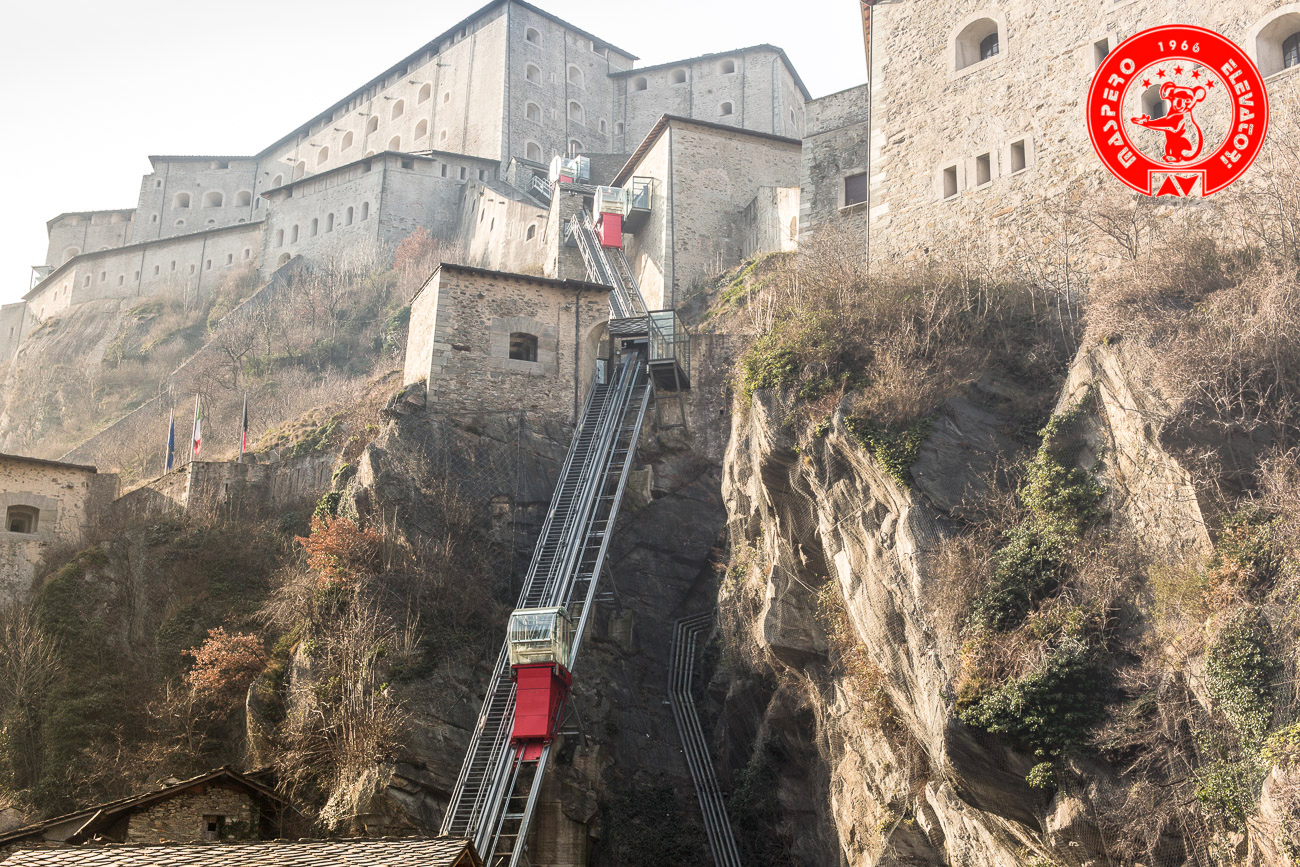
When it first appeared the public elevator was a wonder. 162 years later, the admiration of this technology is commonly overlooked.
Here are 8 examples of buildings and their elevators to bring admiration back
Loyd’s Building – London, UK
Designed by Richard Rogers, the architect behind buildings such as The Centre Pompidou or the B&B Italia headquarters. Loyd’s architectures have taken the elements usually hidden inside the building and displayed them in the exterior, maximizing the interior space, starting the Bowellism architectural movement.
Of course, the elevators had to come out too. The elevators in Loyd’s building are an interesting approach to the mechanics of a building, its movement and rhythm.

Mercedes-Benz Museum – Stuttgart, Germany
At the Mercedes-Benz Museum, in Stuttgart, Germany, there are three sleek, metallic, retro-futuristic elevator capsules connecting to the various floors of the museum, through tracks in the main atrium walls.
The vertical movement of the elevator pods becomes a spectacular element of the architecture.

Autostadt Silos – Wolfsburg, Germany
These car towers work as vertical parking for the Volkswagen factory nearby. The high-rise stacks keep up to 800 vehicles, being fully automated by a pair of elevators in each tower.
The building is a testimony to the monumental power of the elevator.
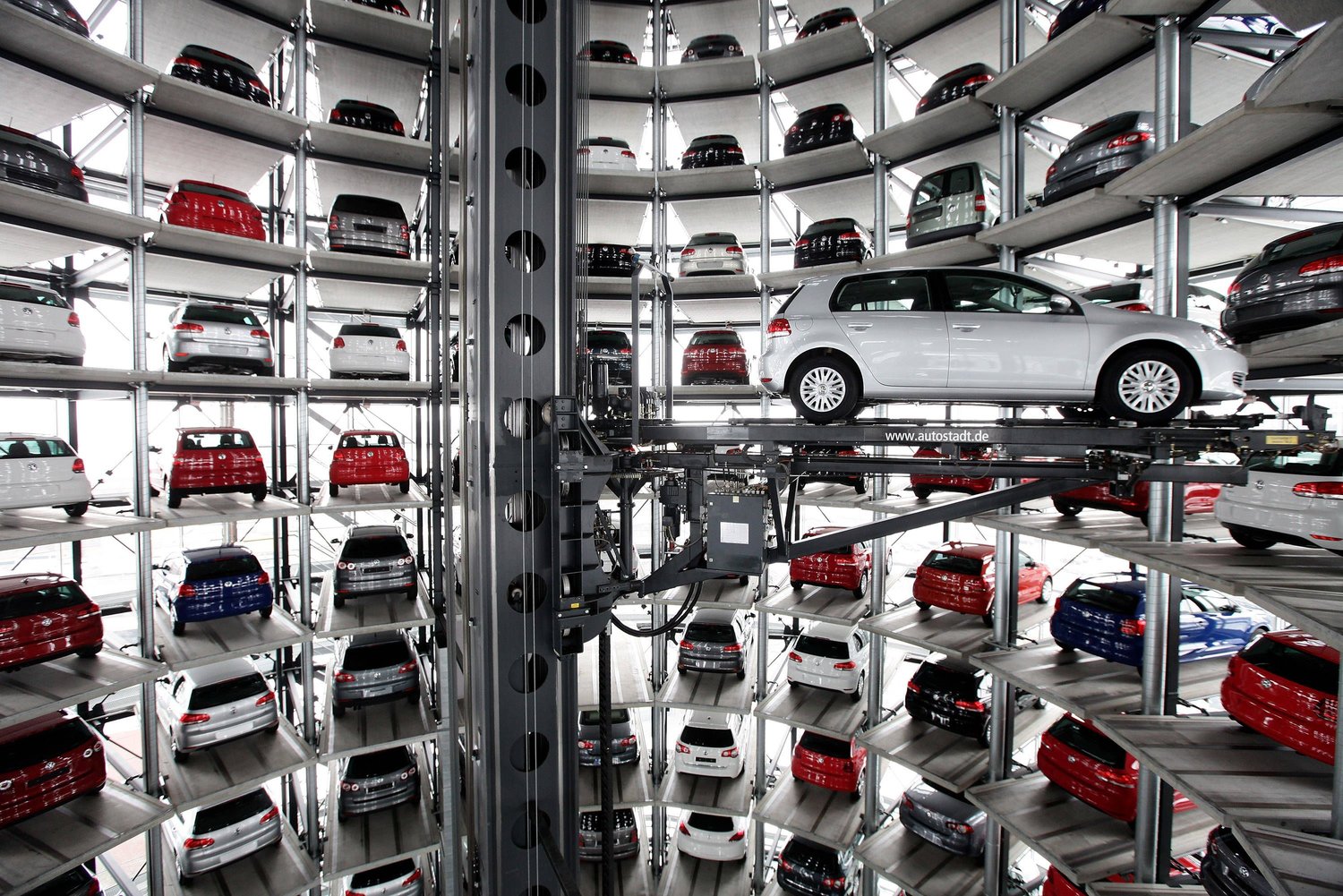
Sperone Westwater Gallery – New York, USA
The new Sperone Westwater Gallery in New York, developed by Foster + Partners‘ has as its most intriguing piece, a large floating red box.
Highly visible in the building’s facade, the elevator works as an extension of the gallery space, creating a restless section of the building.
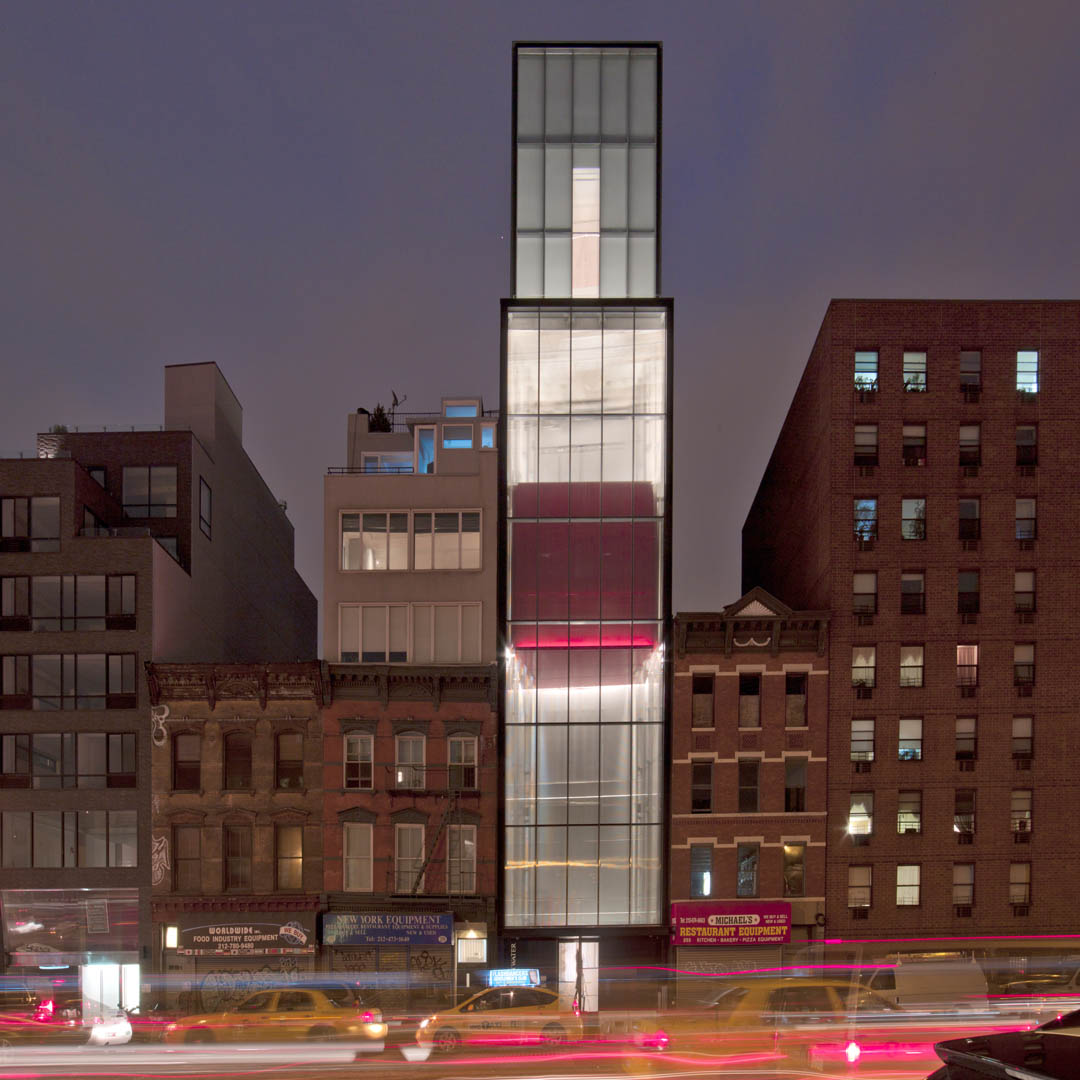
The Louvre Museum – Paris, France
The open cabin elevator at the Louvre museum in Paris raises the ground in a unique fashion. Powered by hydraulics, the lift literally grows out of the floor, through the center of the helix-shaped staircase, creating a wonderful technological contrast between these two architectural features to ascend within the building.

Hammetschwand lift – Bürgenstock, Switzerland
This lift takes you high enough to watch the clouds floating below, offering an Instagram worthy view of the Alps. The Hammetshwand lift located in Switzerland holds the record for the highest exterior lift built in Europe carrying passengers 153 meters up in just a minute.
This lift is first of its type designed with wooden and zinc frames.

Ericsson Globe – Stockholm, Sweden
To get the best panoramic view of Stockholm, take a ride on the edge of the largest hemispherical building in the world while enjoying one of the most unique elevators.
The two spherical elevators, slowly rise to the top of the spherical building, providing a 360-degree view to the passengers.

The Bailong elevator – Zhangjiajie, China
The ride of 326 meters high and exposed framed lift built on a steep cliff in the Wulingyuan area of Zhangjiajie, China, is definitely not for the faint-hearted.
The Bailong (Chinese: the hundred dragons) Elevator is the heaviest outdoor elevator in the world. This impressive yet controversial elevator is built in a World Heritage Site.
